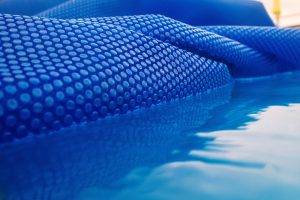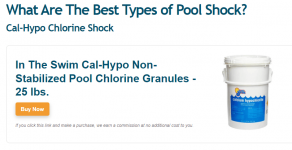Hey there, I took over caring for my pool recently and I've been learning loads about pool care.
I've noticed that the "recommended levels" between different authorities, sales people, and other sources tend to vary by quite a bit. I've been reading some TFP forums and many users here clearly know loads, so maybe you can help me with the following question:
Why do TFP recommended levels in general appear to deviate more substantially from "the pack?" For example, using only Swim University to represent the general trend I'm seeing:
I've noticed that the "recommended levels" between different authorities, sales people, and other sources tend to vary by quite a bit. I've been reading some TFP forums and many users here clearly know loads, so maybe you can help me with the following question:
Why do TFP recommended levels in general appear to deviate more substantially from "the pack?" For example, using only Swim University to represent the general trend I'm seeing:
- Swim University recommends a STRICT pH range of 7.4 to 7.6, while TFP's range is quite a bit wider.
- That being said, Swim University's range for TA is 100 to 150, while TFP is 50 to 90.
- Swim University has hardness CH at 200 to 275, while TFP is 250 to 650?





 The wide variety of explanations is crazy. TFP CYA levels vary primarily on whether a pool is salt or non-salt. After that, it boils-down to location - how intense is the sun? For those reasons TFP adjusts the CYA for optimal protection from the sun, yet not so high it interferes with sanitation.
The wide variety of explanations is crazy. TFP CYA levels vary primarily on whether a pool is salt or non-salt. After that, it boils-down to location - how intense is the sun? For those reasons TFP adjusts the CYA for optimal protection from the sun, yet not so high it interferes with sanitation.